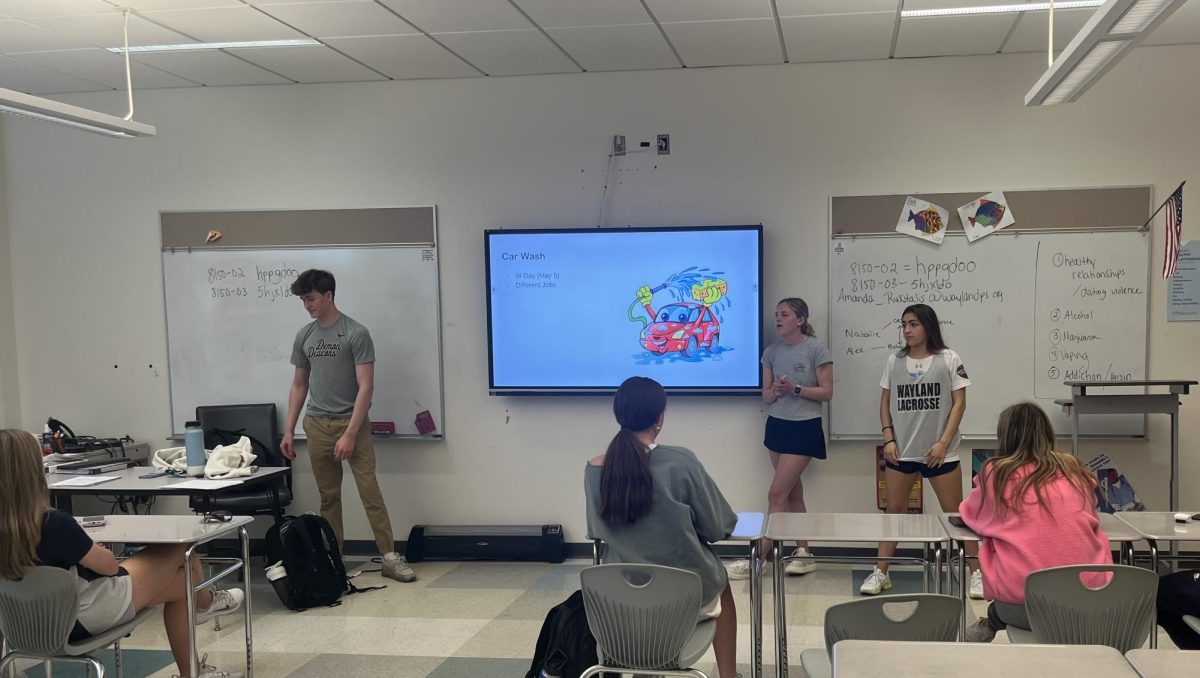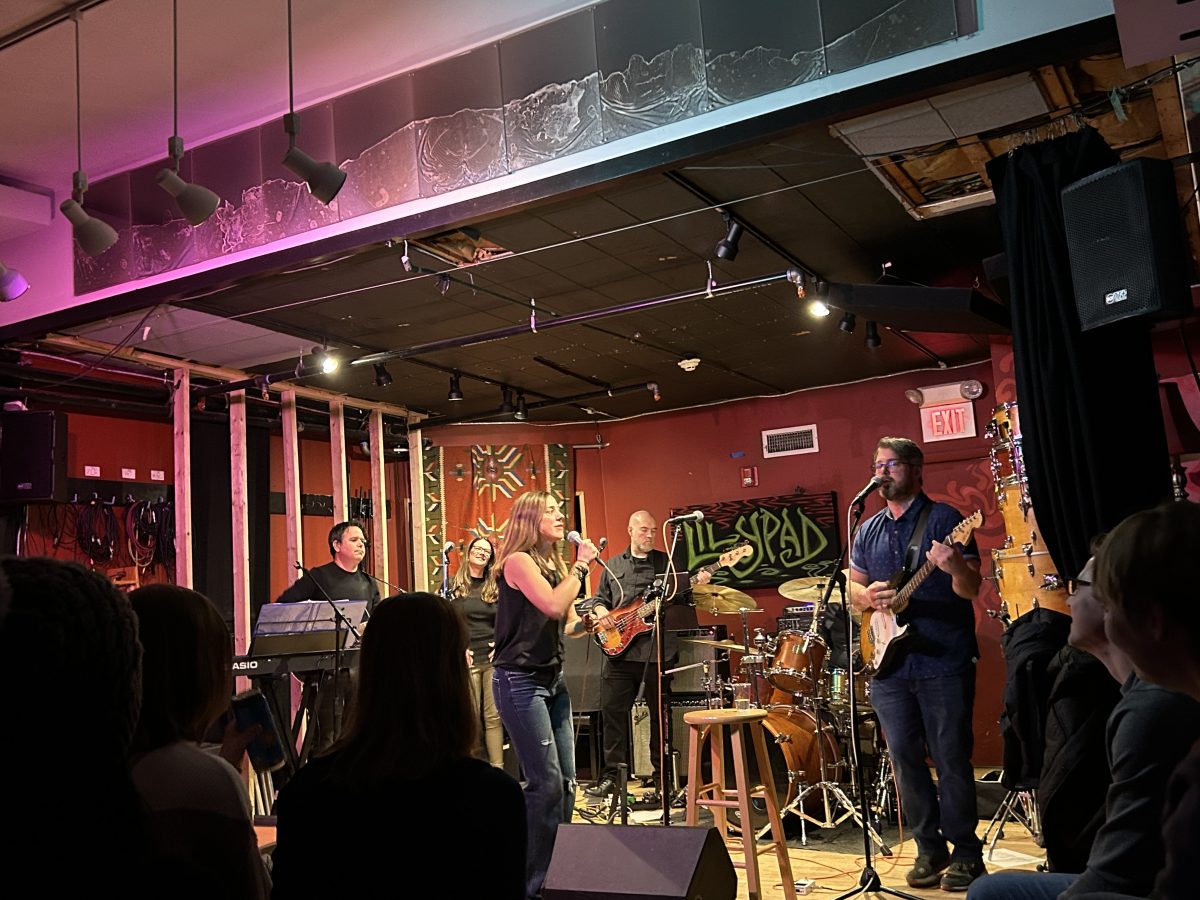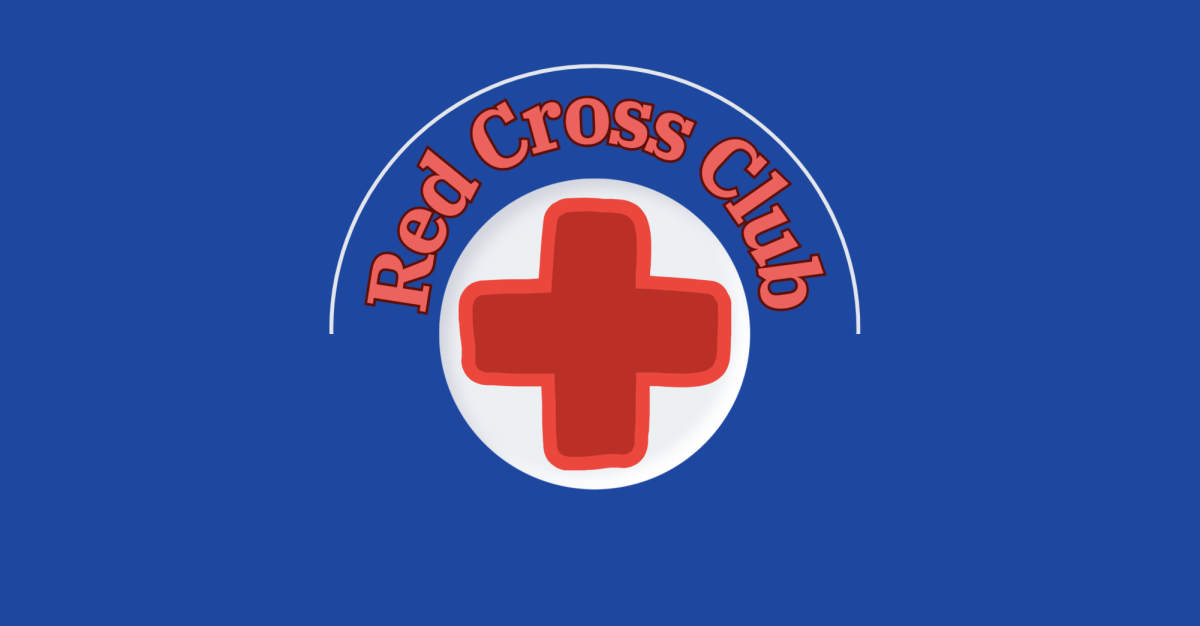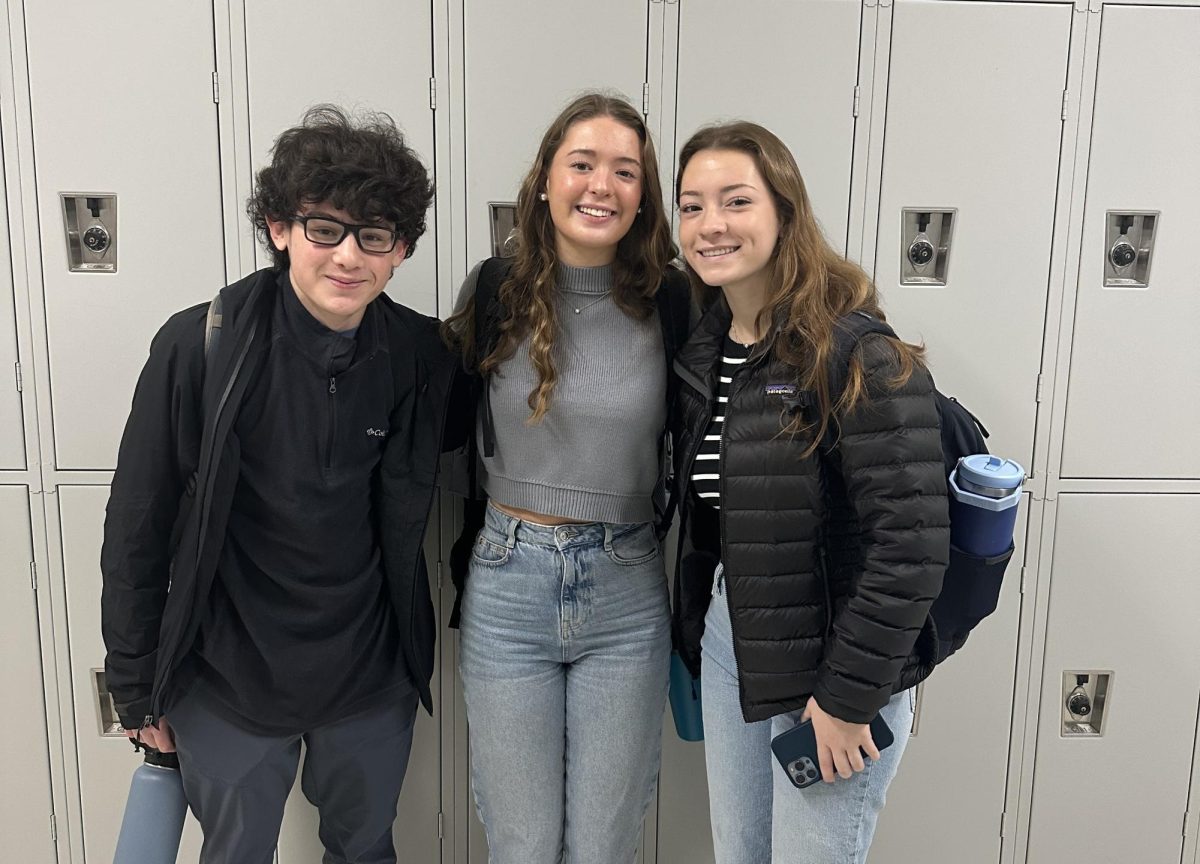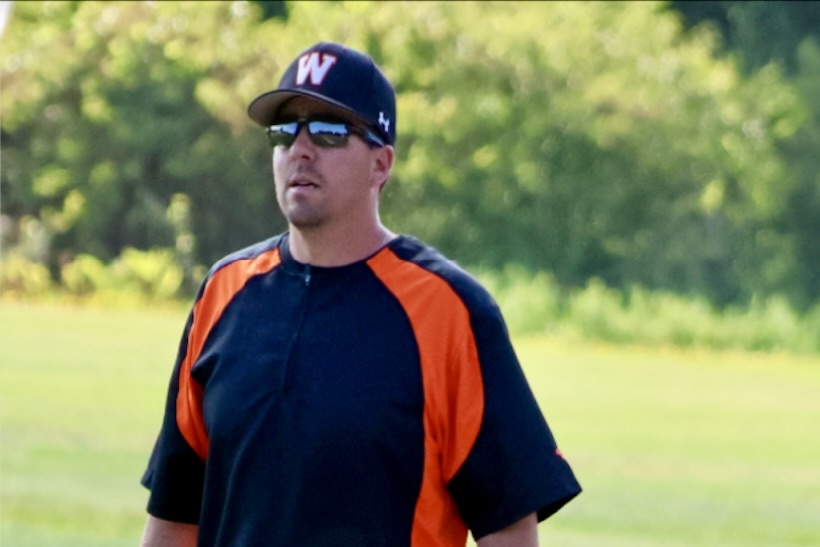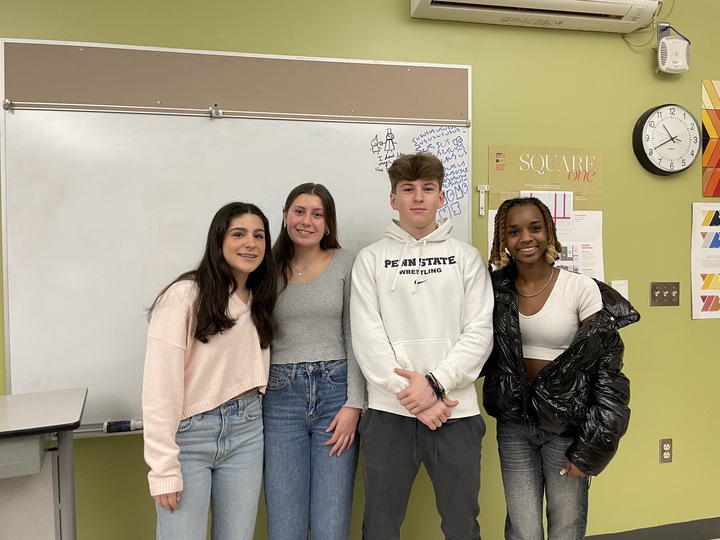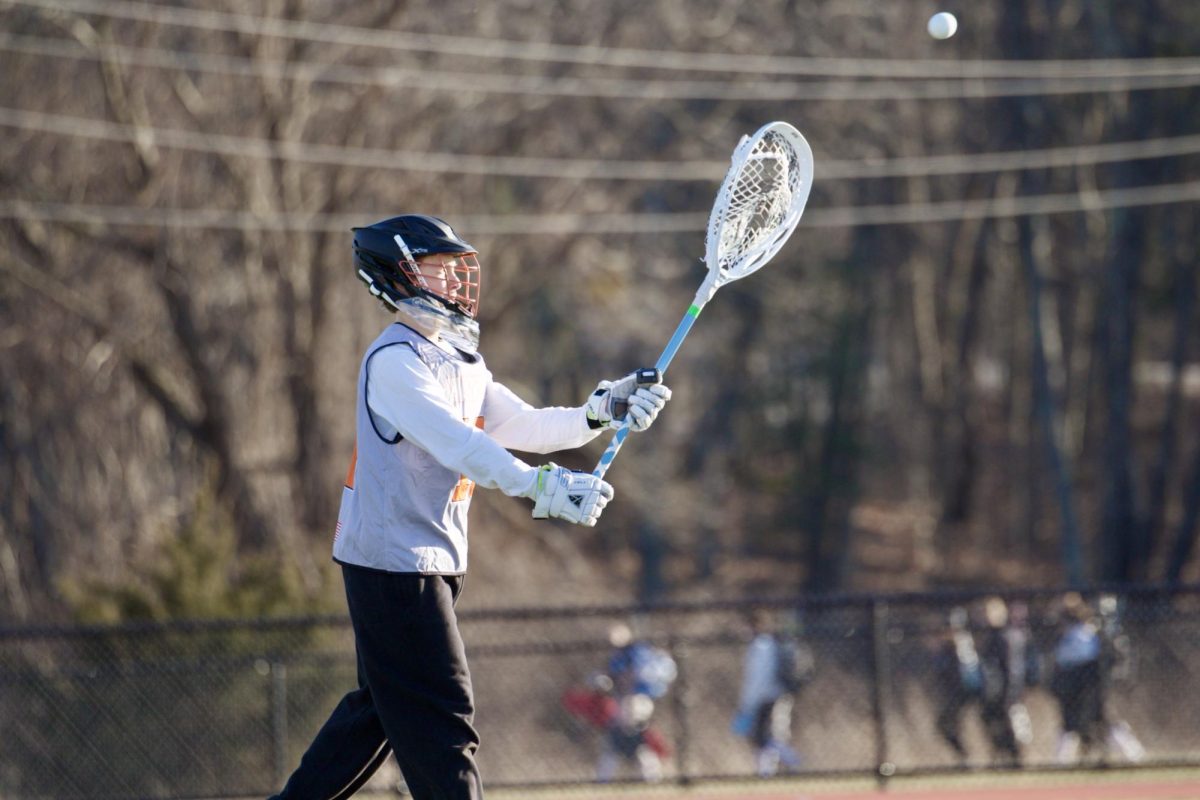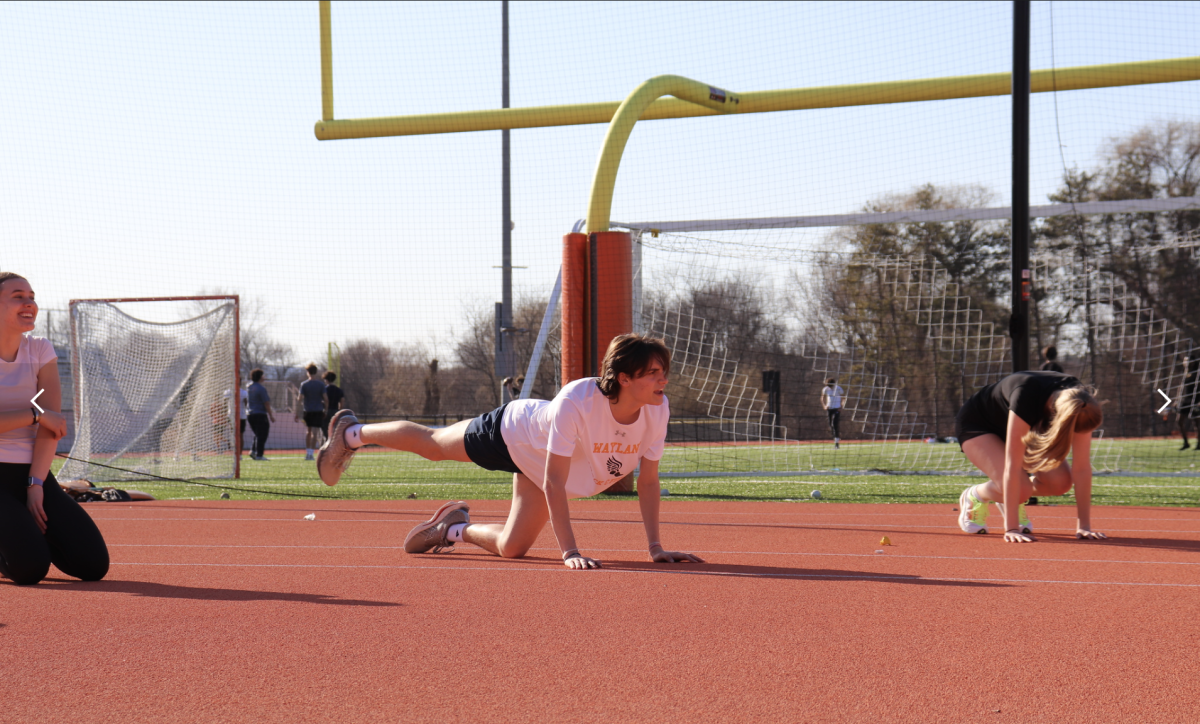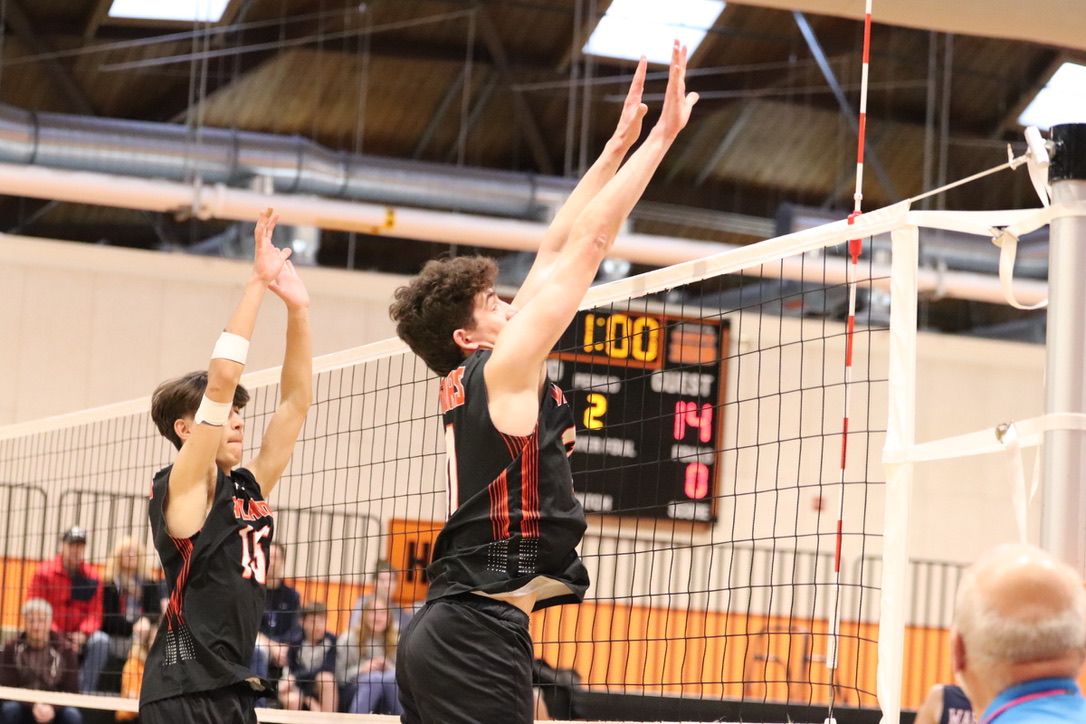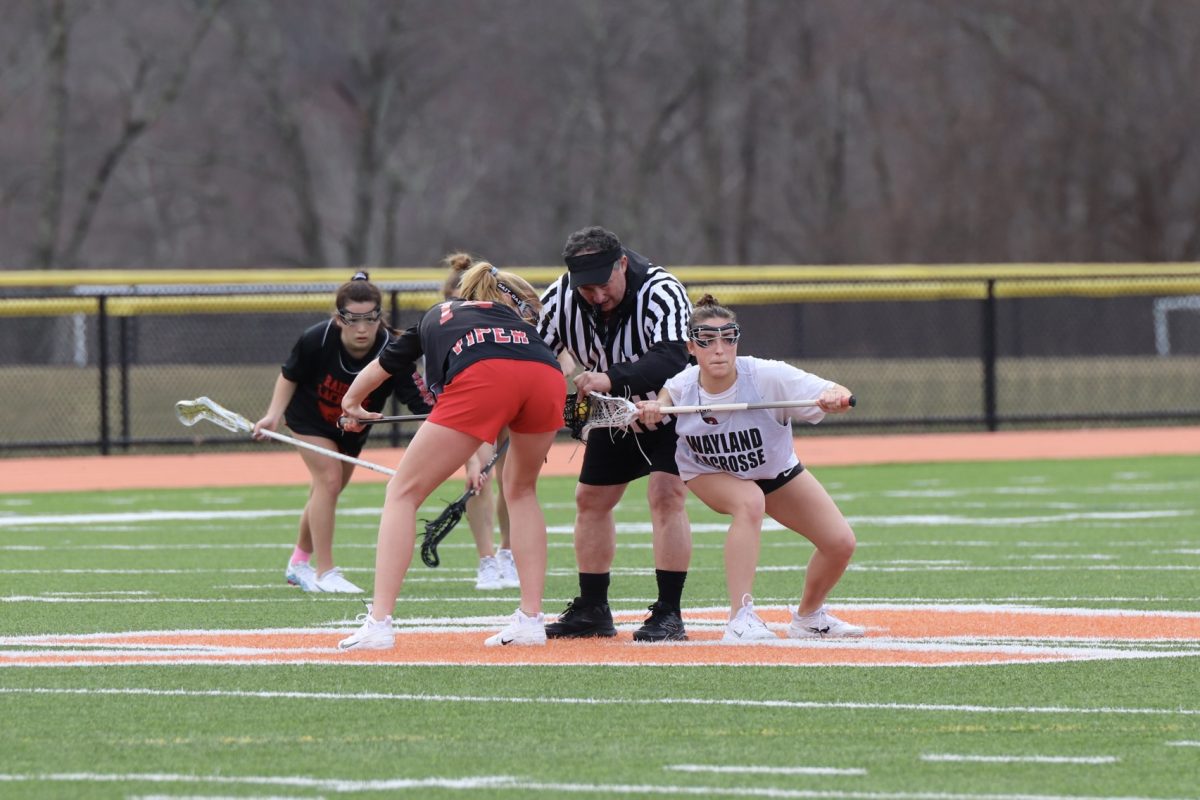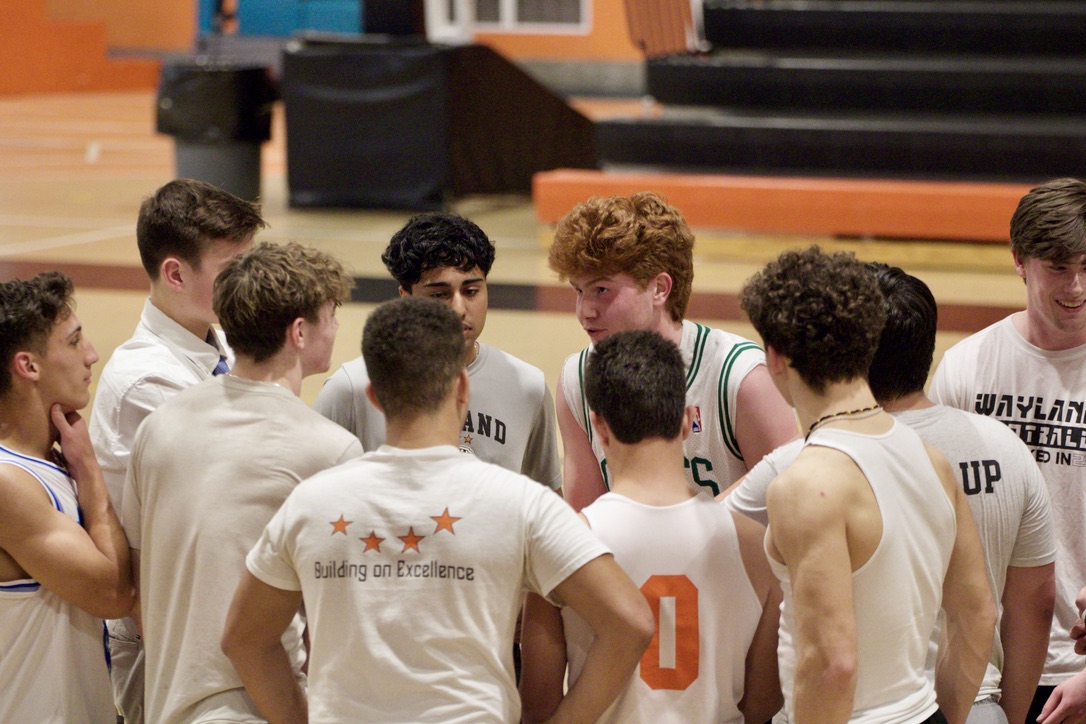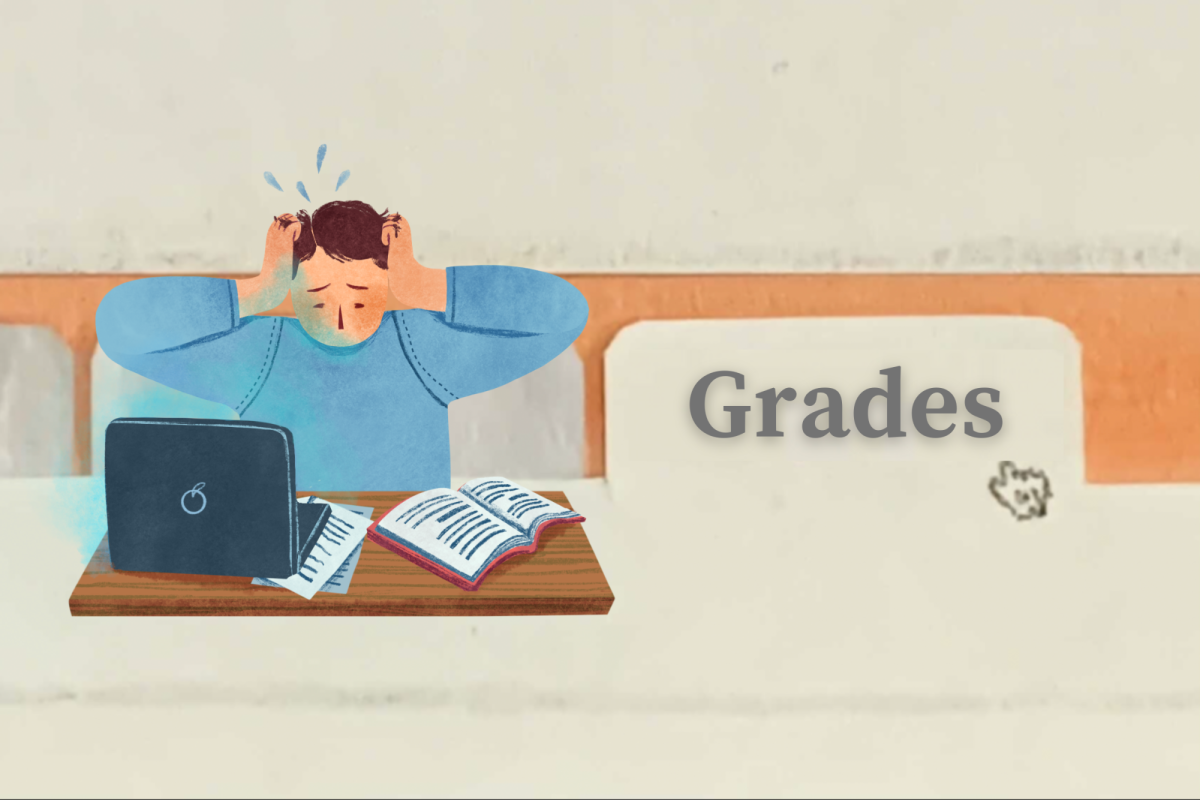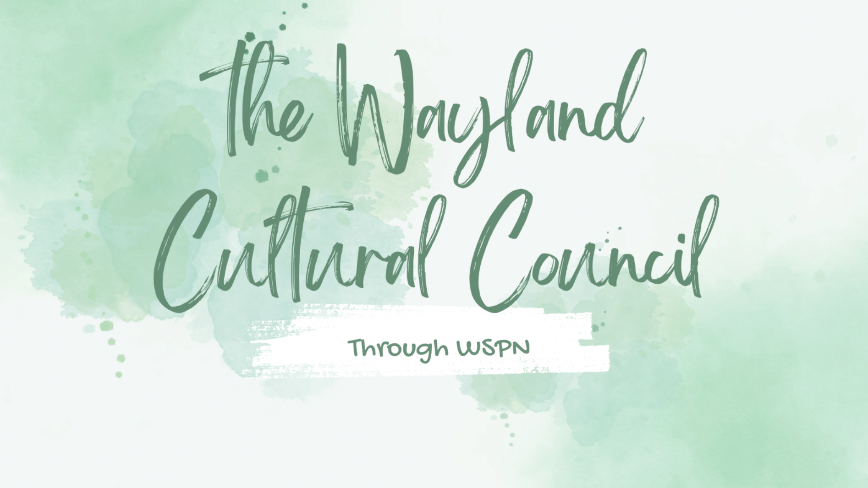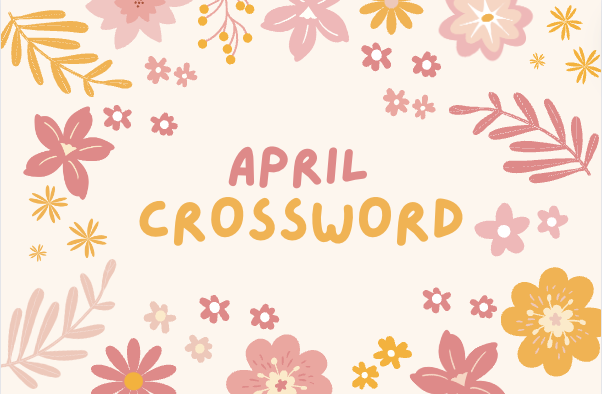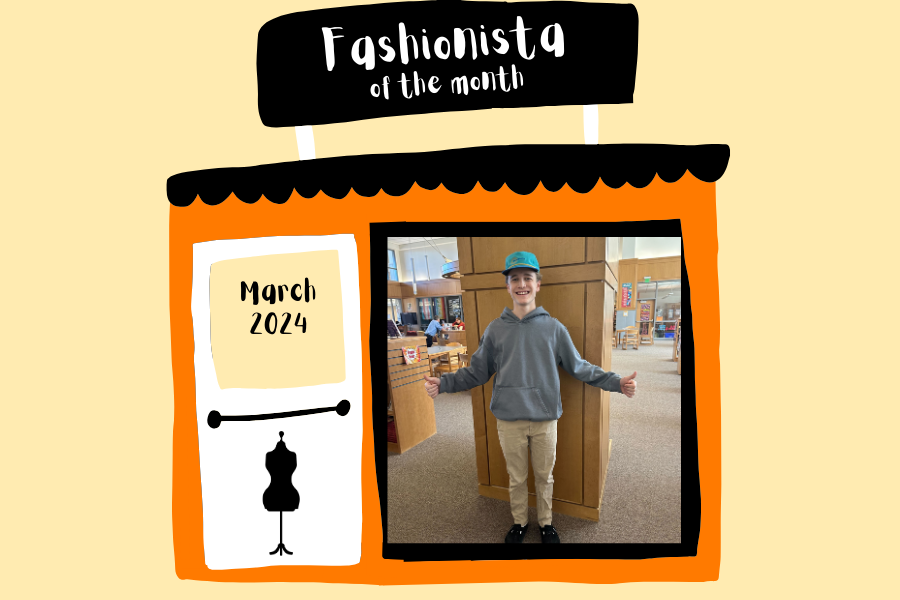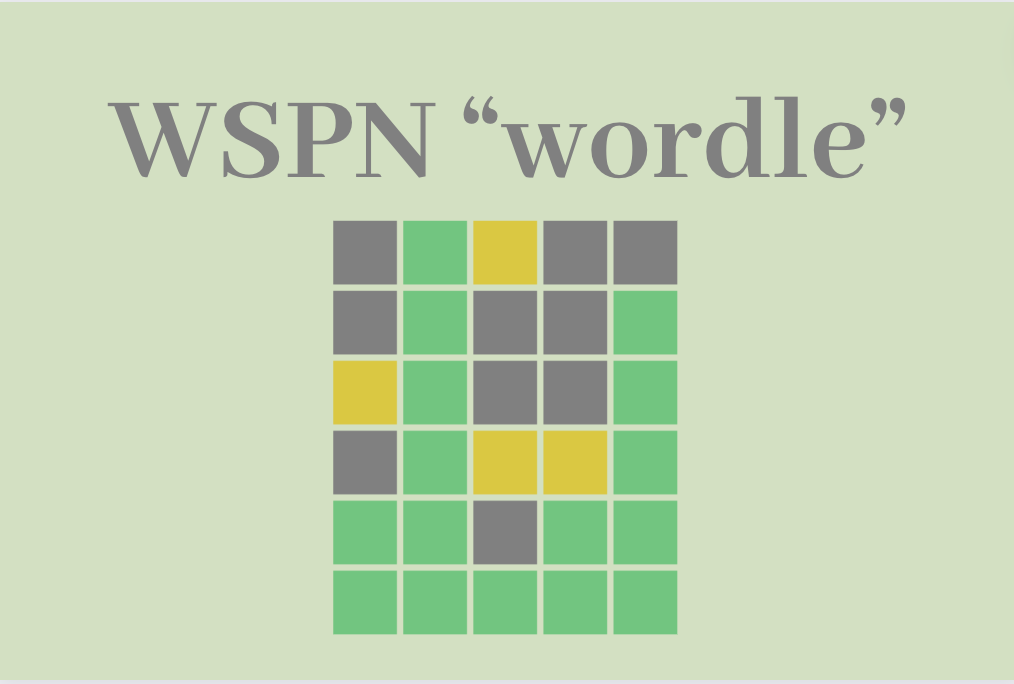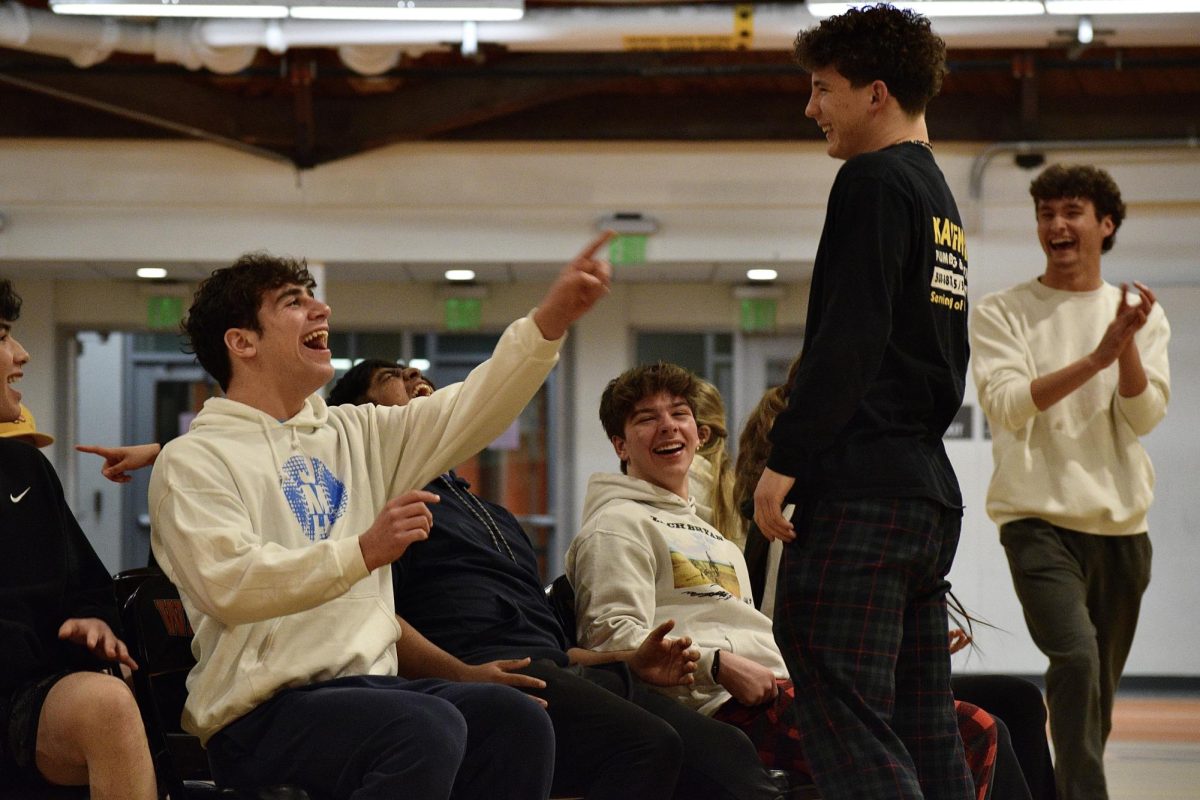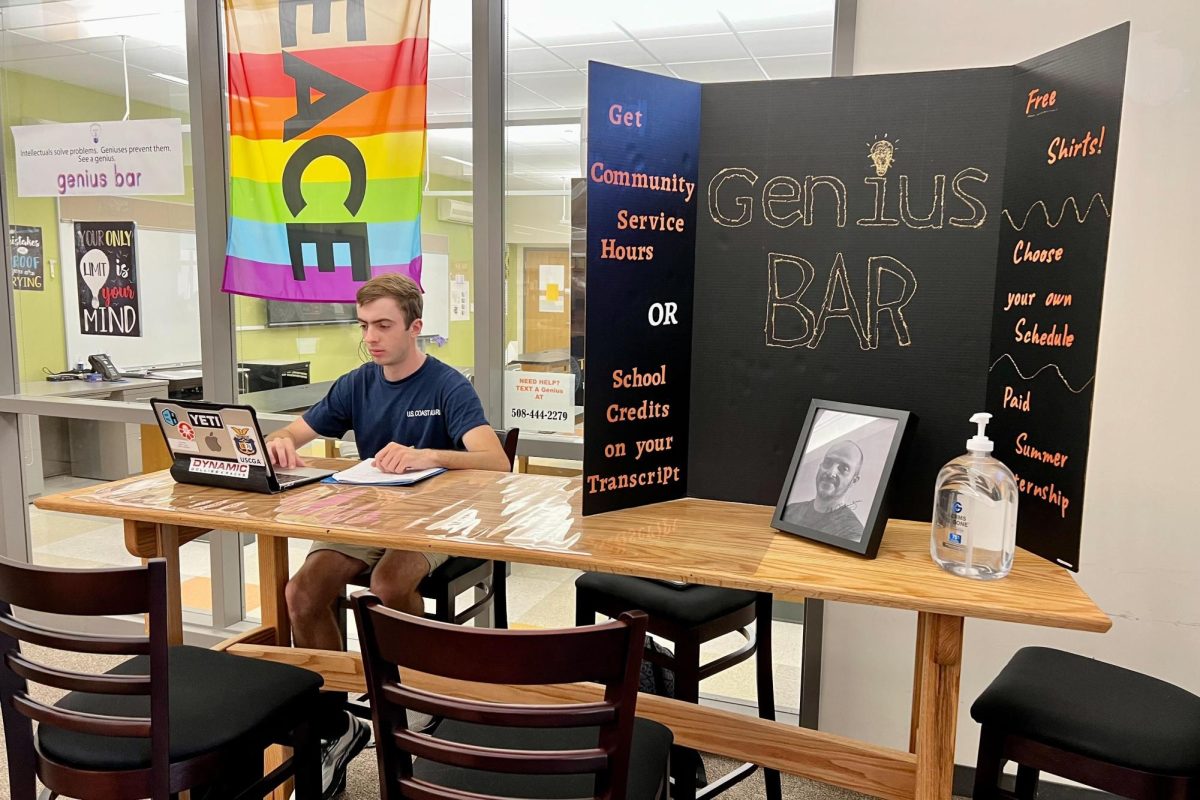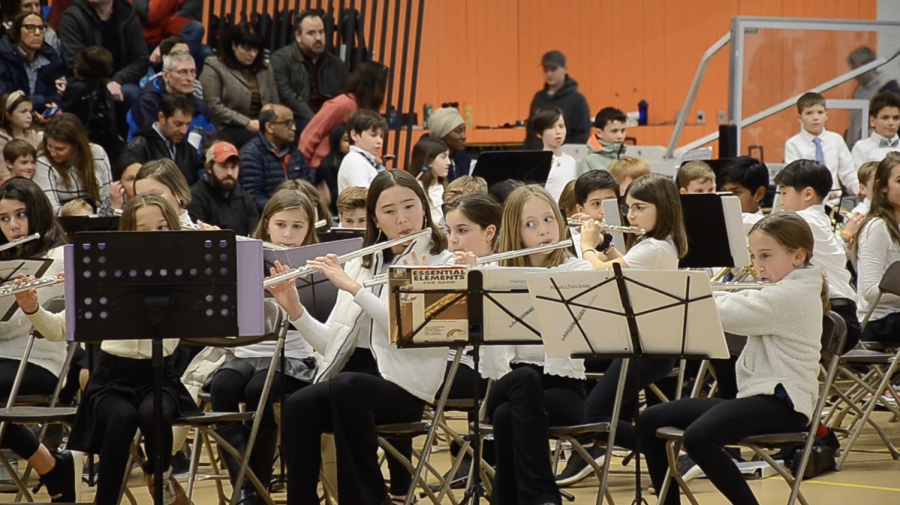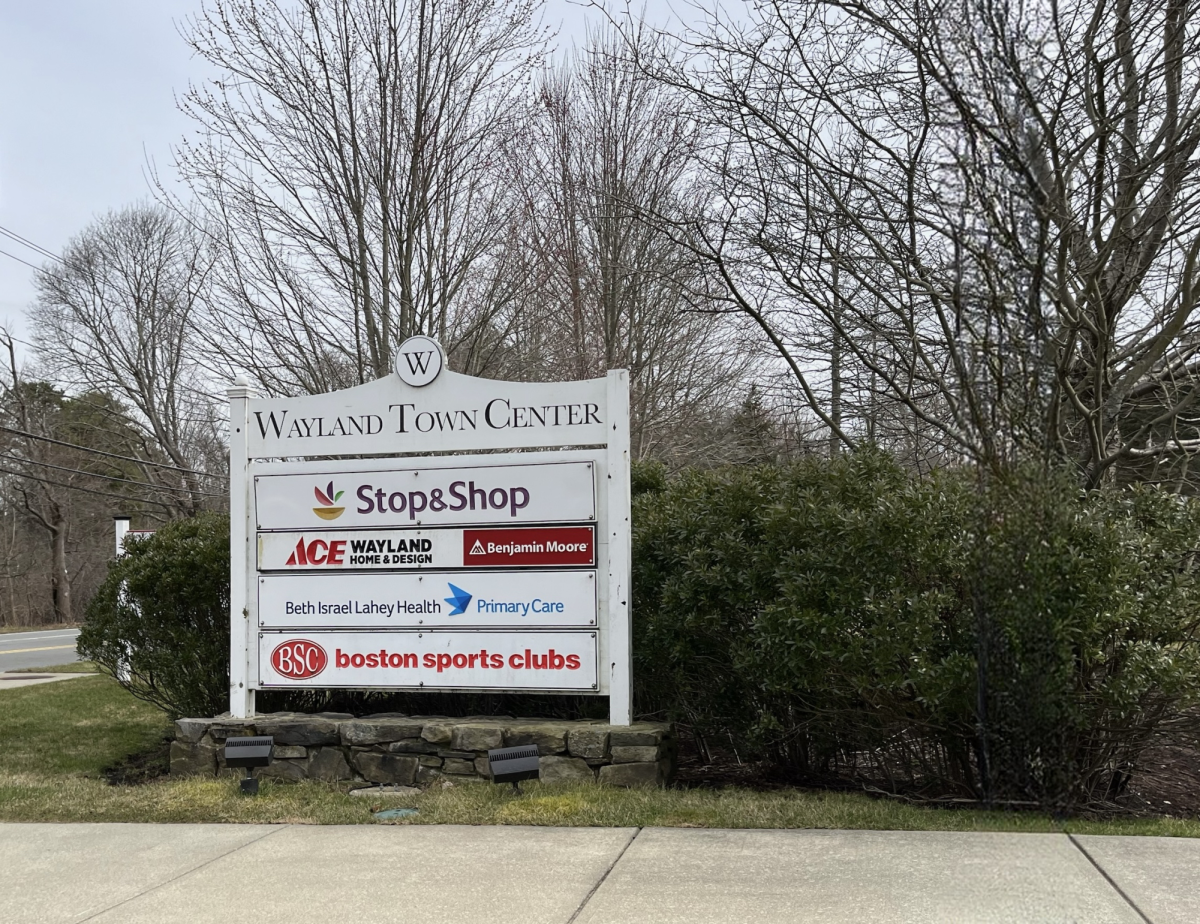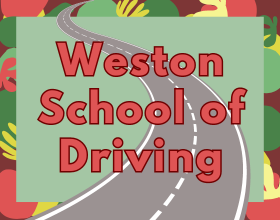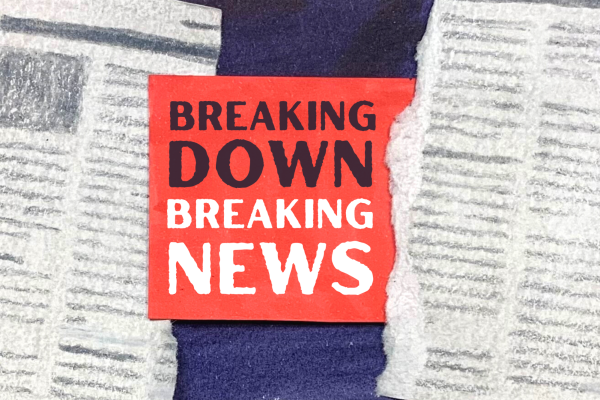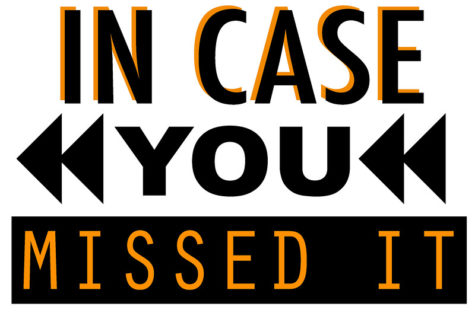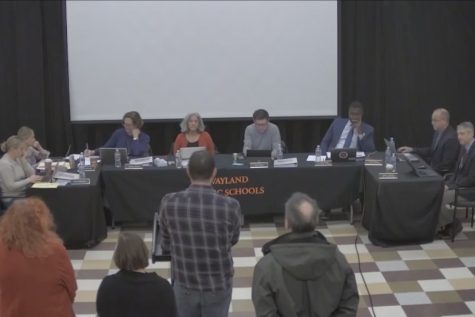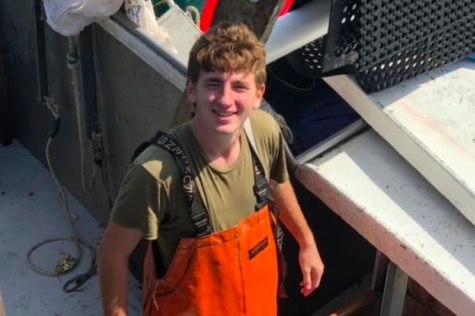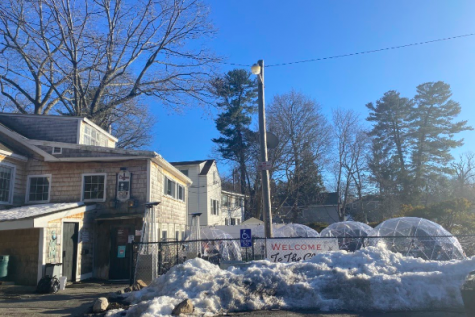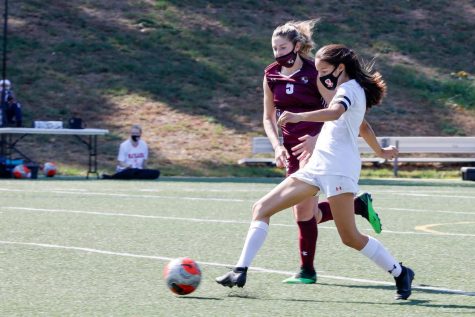WPS Superintendent Paul Stein discusses goals and experiences
Credit: Courtesy of Paul Stein
Above is Wayland Public Schools superintendent Paul Stein. Stein recently announced his plan to retire from superintendent at the end of this school year. “I will experience stepping away from all of this as a great loss,” Stein said.
July 5, 2016
Wayland Public Schools is a machine with many cogs needed in order to keep it running. Superintendent Paul Stein is in charge of making sure that the school system operates as a well-oiled machine.
“On one level, I am responsible along with the administrative team for making sure that there is a smooth, safe, efficient operation of the schools,” Stein said. “The way I do that is to support the administrative team in working towards that, working with principals and coordinators and so on. Simultaneously, I am the person who in some ways is the connection to the community in my work with the School Committee. The School Committee is responsible for, among other things, developing a budget.”
According to Stein, the development of the budget is very important.
“The budget has to give the community the resources it needs to meet its educational goals, and at the same time, be very cognizant of the limitations that they have in resources,” Stein said.
Stein works with many different people from the school community concerning issues ranging from staffing to building projects and repairs to curriculum design.
“Most of my days have meetings that have been built in over time. Sometimes with faculty members who have issues that they are concerned about or hopes that they want my help with. Sometimes it is students or families that have issues that have to come to my level for some reason,” Stein said. “Sometimes it is regular meetings with the administrative council, with the principals and so on. We work together on the business of running such a big school system.”
Recently, Stein has been in discussions concerning full-day kindergarten for all students and world languages in the elementary schools. When he first came to Wayland, he met with parents who wanted Mandarin to be taught in the school system, which has since been implemented at Wayland Middle School and Wayland High School.
Stein believes it is important that Wayland is in the “top tier” for school rankings such as the rankings done by Boston Magazine which ranked Wayland Public Schools fourth in the Greater Boston Area last year, but he does not pay attention to them beyond that.
“I pay attention, to a degree, of course I do…I do not pay attention to whether we are number four or number six and some people do,” Stein said. “This is for a couple of reasons. The criteria by which these magazines decide may not be what we are valuing the highest. One magazine might focus, you have so many students taking AP courses, that’s how they differentiate. Another group may be looking at what kind of electives we have in the arts. That number isn’t telling you much, except you want to be in that top tier. You don’t want to be at 274, and that’s what I pay attention to. We’re always in the top tier, and that’s just a sign of the good work that everybody does and the support of the community, giving the school system the resources to make it happen.”
This is Stein’s fifth year as superintendent. Prior to working in Wayland, Stein worked in Newton as Deputy Superintendent, Assistant Superintendent for Human Resources and as a middle school principal. Before working in Newton, he was an assistant principal at a middle school in Needham. He also has been a middle and high school math teacher and the director of an alternative special needs high school in Somerville.
“That cumulative experience [from working in different areas of education] is the kind of thing you need to have when you are superintendent, because you’re in charge of it all eventually and people count on you to have the resources to tap into when problems arise or when they want to work together to move the district in a certain direction,” Stein said.
Stein has a bachelor’s degree in mathematics education from Cornell University (1975), a master’s degree in education from Harvard University (1977), a master’s degree in special education from Lesley University (1982) and a doctorate in education from Boston University (1988).
Stein was inspired to become a teacher after studying mathematics at Cornell University and feeling that he wanted more interpersonal interaction. He then decided to switch from being a “theoretical” mathematics major to a mathematics education major. He was also inspired by the political activism of the time period.
“I would say that there was a lot of political activism at the time, which held education as a field that would change the world and make it a better place, so that had an appeal for me from a political perspective,” Stein said.
According to Stein, education has changed since he became a teacher. These changes include an increase in the use of technology, more project based learning and changes in the philosophy of teaching.
“When I started teaching, there was more of an attitude of, you teach and if the kids get it, fine; you test them but if they don’t, they just get a bad grade and you move on,” Stein said. “Now there is more of an attitude of, if students aren’t learning, it becomes your responsibility to figure out what you’re doing wrong and how are you going to teach it better until the kids do get it.”
Stein has several goals for the school system in the next few years. He hopes to promote health and wellness and has started to work toward this goal with curriculum revisions and new courses at the high school. A new K-12 health and wellness coordinator has also been added to the school budget. His other goals include having effective use of technology taught in the schools, improving the early childhood transition to kindergarten and reducing the achievement gap.
“That’s looking at the gap between some students, whose achievement, often as a group, sometimes students of color, sometimes it’s socioeconomics, sometimes it’s English-speaking background,” Stein said. “If there is a gap there, we should be looking at it to see if there are things we should do to have a more culturally proficient approach to teaching so that all kids are learning and there is no gap.”
“The big picture here is that my job is to help create a vision that everybody in the school system can essentially get behind,” Stein said. “One in which we’re furthering the educational needs of the students and the desires of the community.”

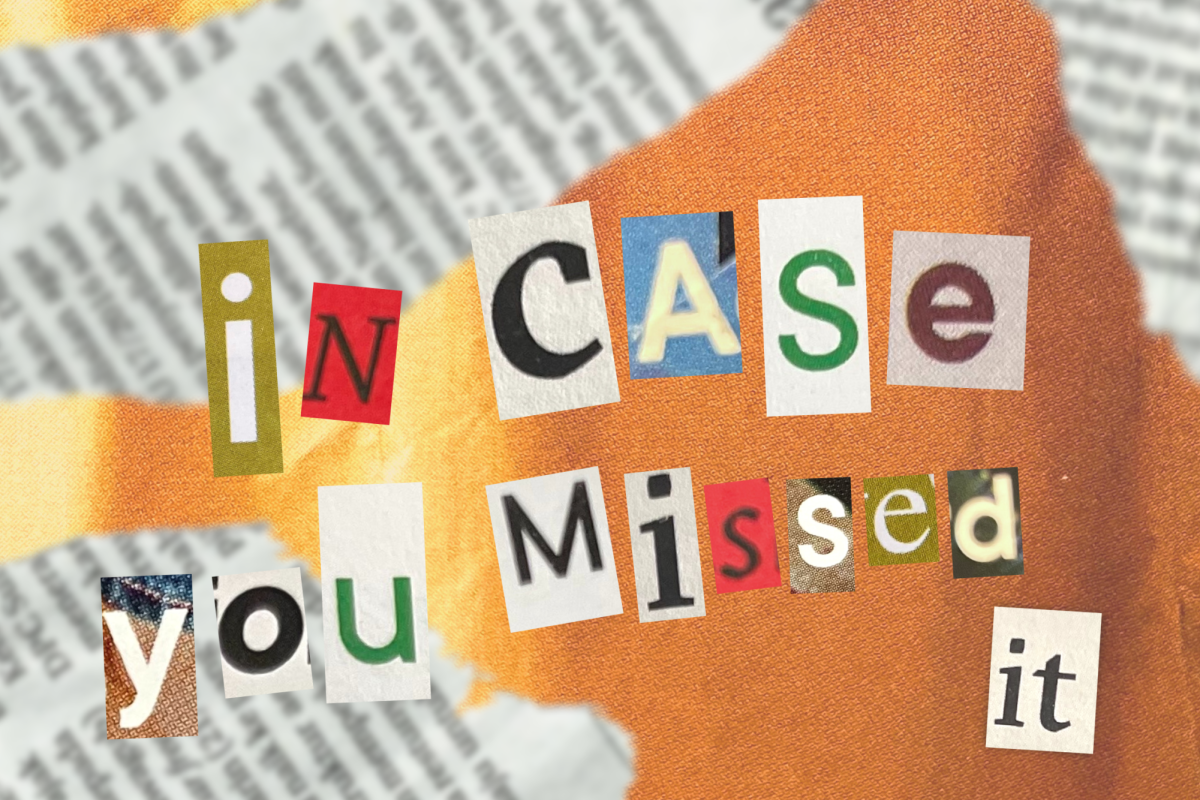
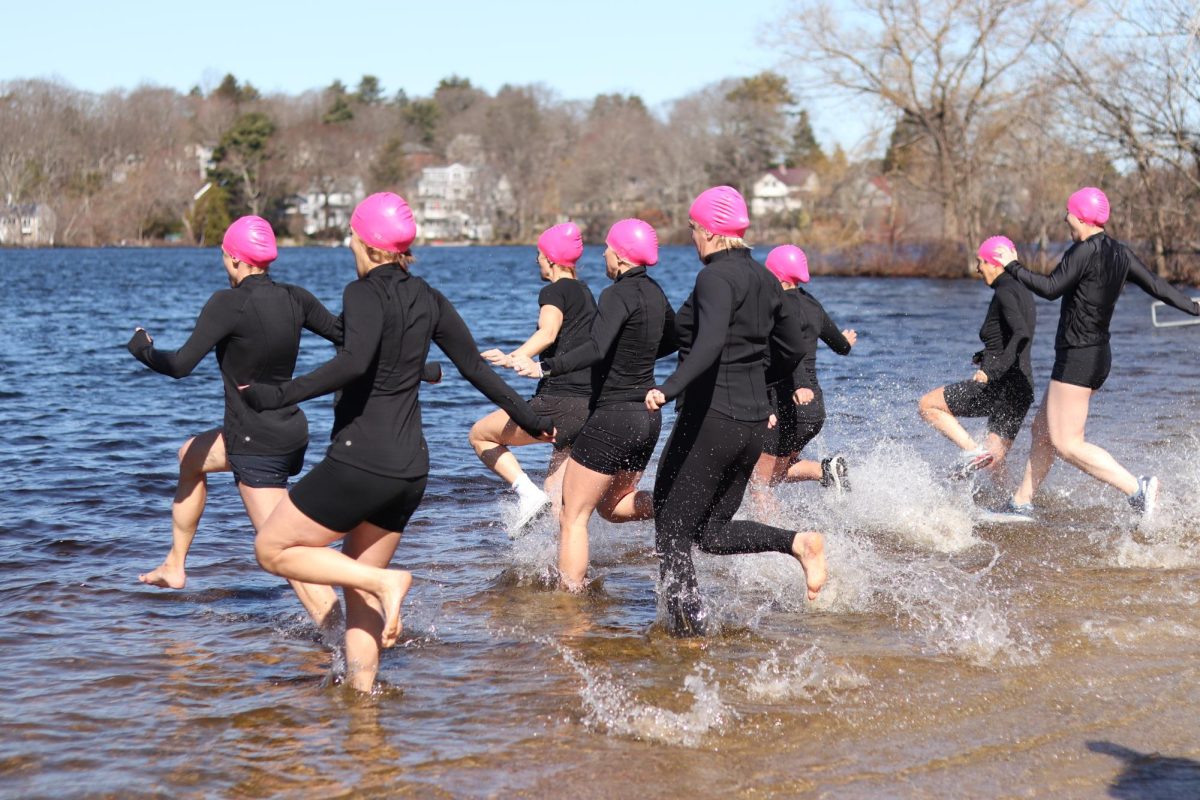
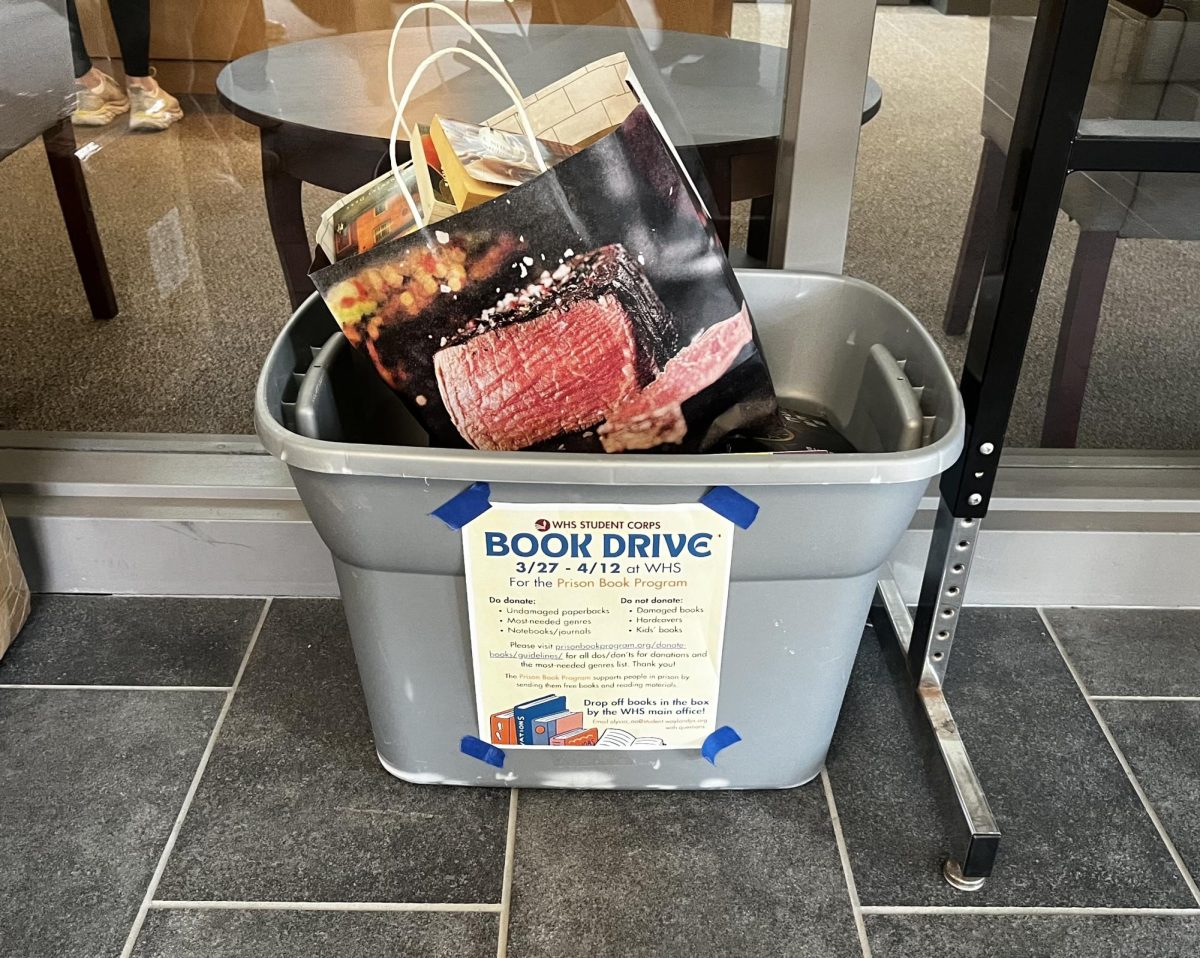

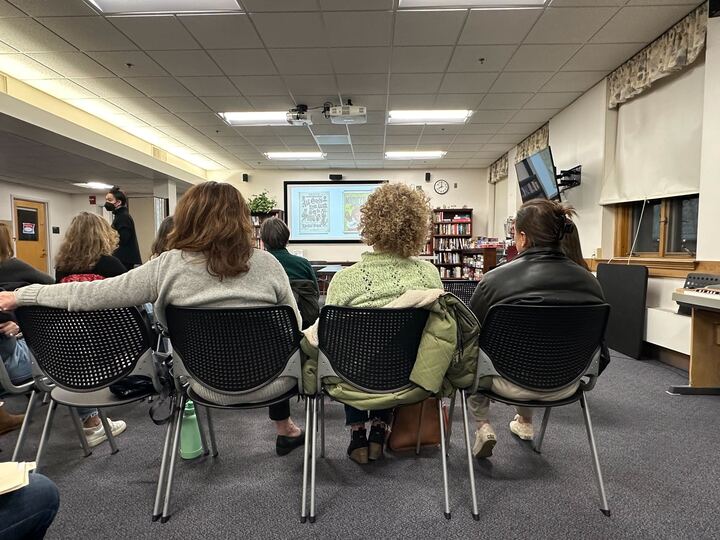

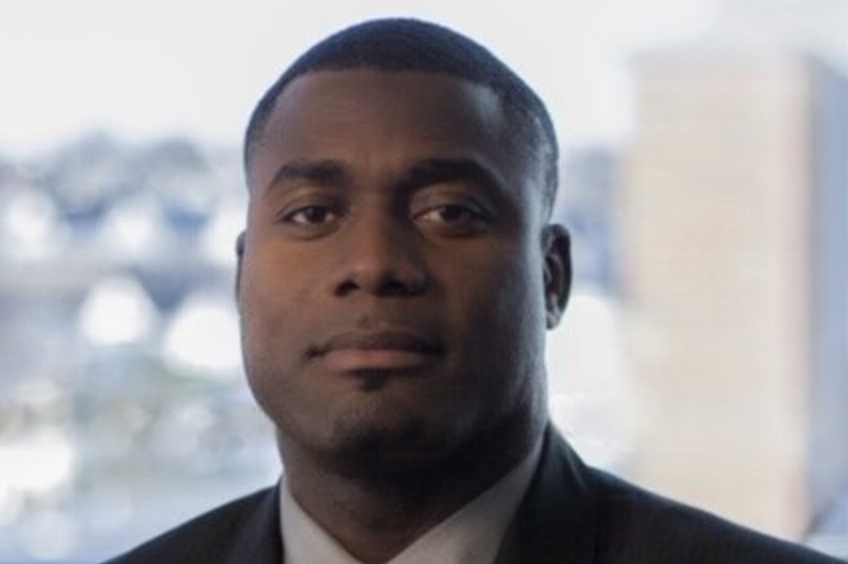
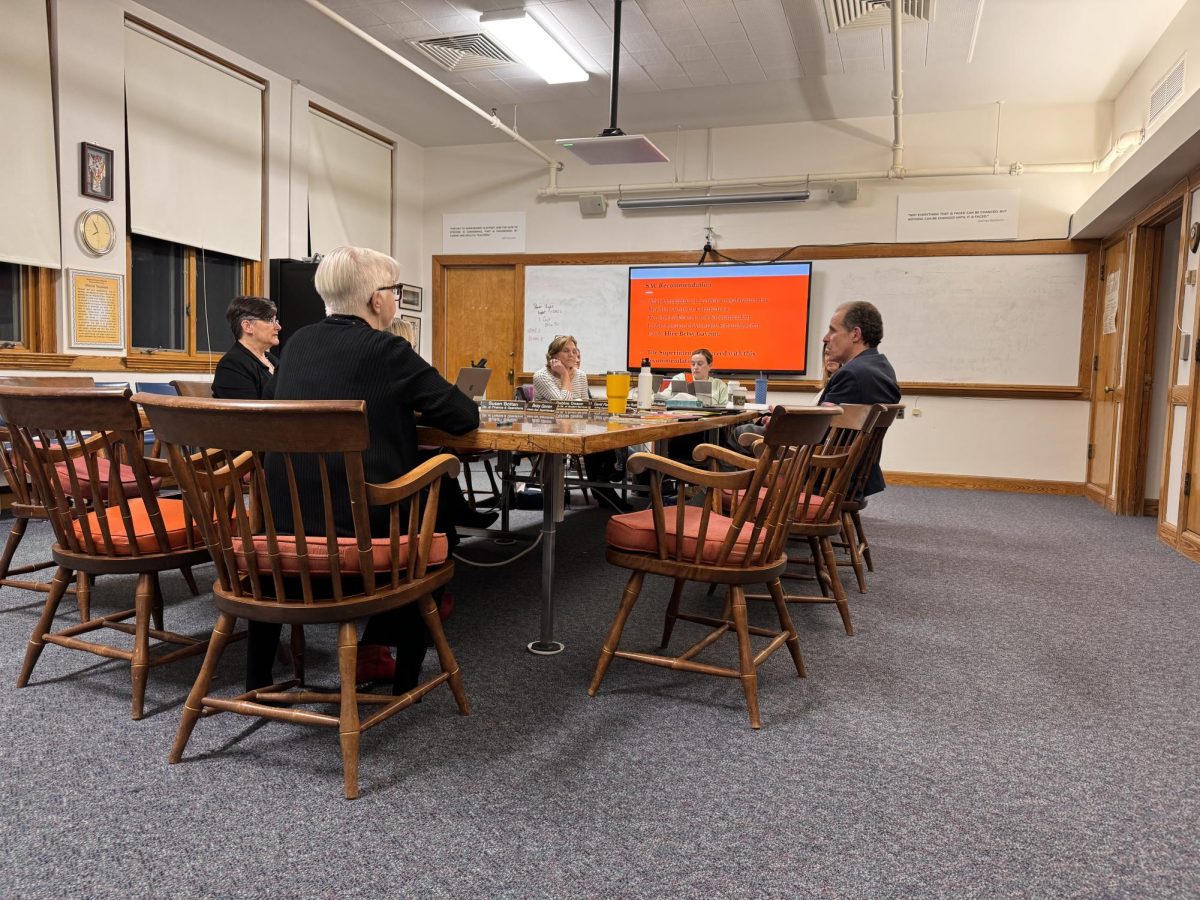
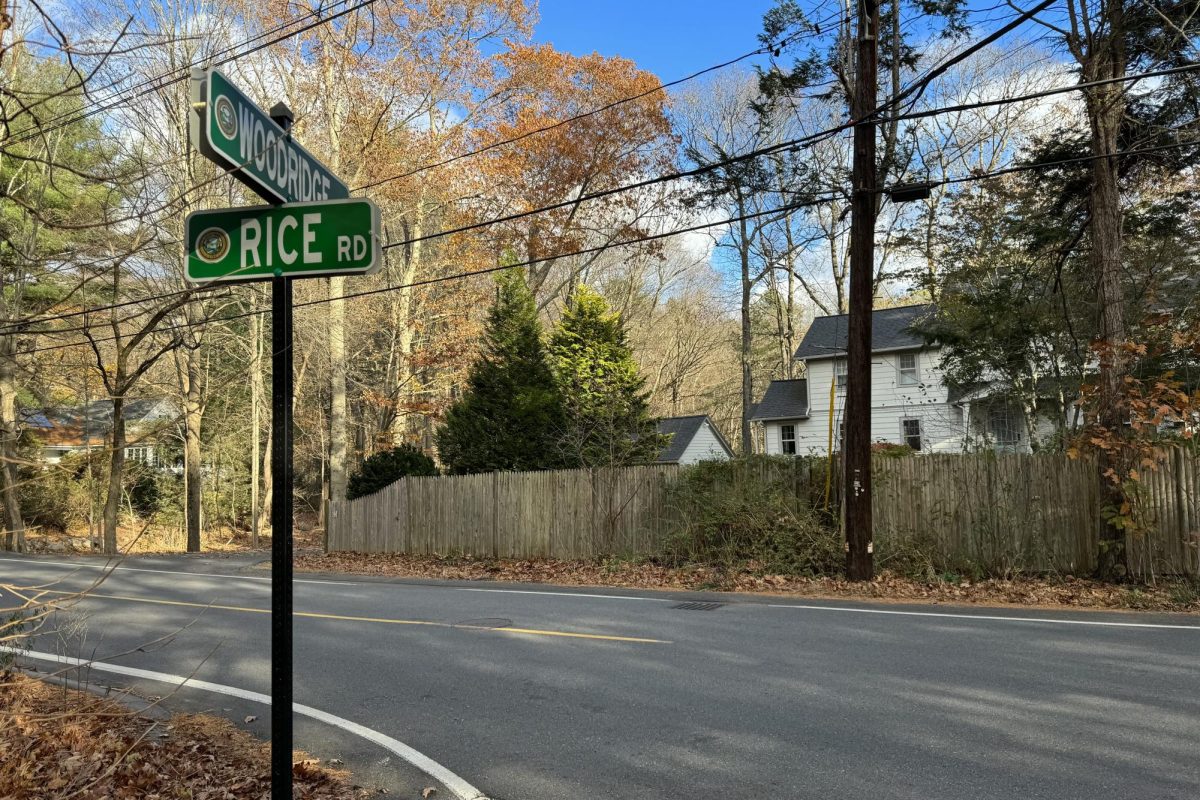
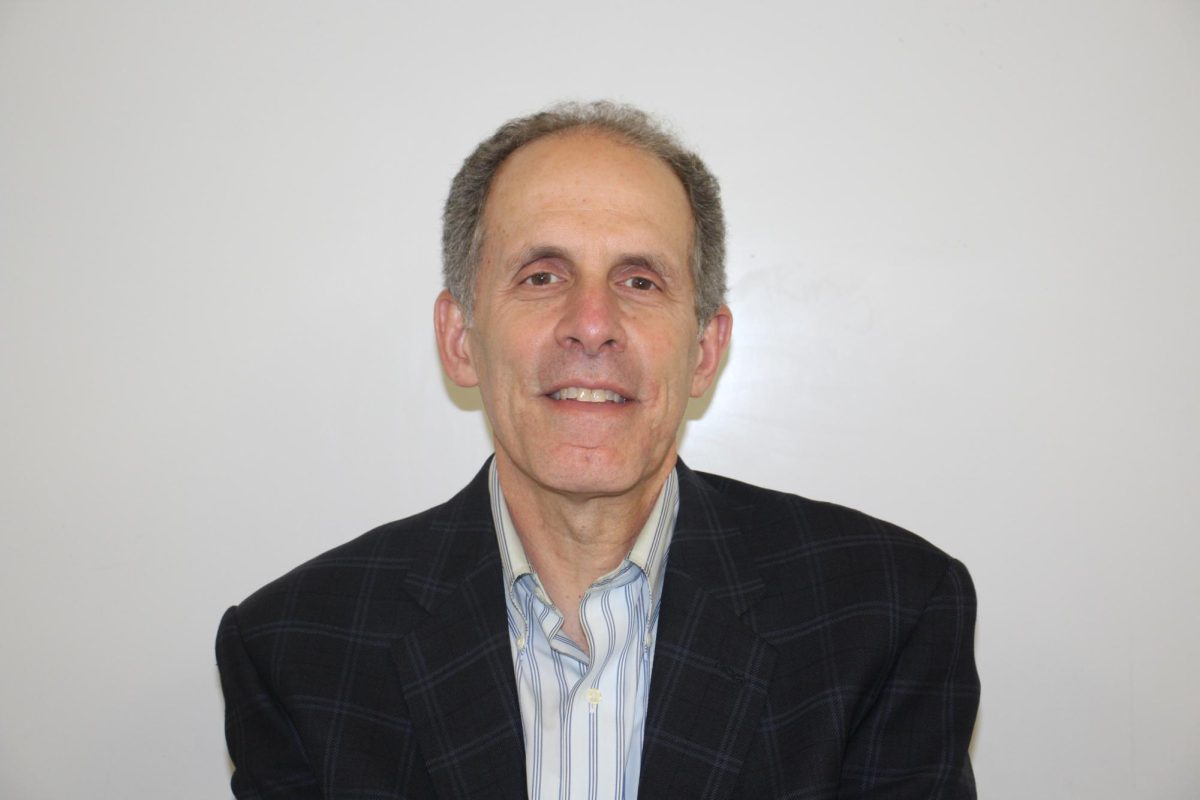
![WSPN’s Annika Martins and Maddie Zajac explore the athletic life of senior Annabelle Zhang through her badminton career. “This [photo] is me and my former partner after we won the 2022 junior nationals mixed doubles category,” Zhang said.](https://waylandstudentpress.com/wp-content/uploads/2024/04/IMG_6629-1200x900.jpg)
